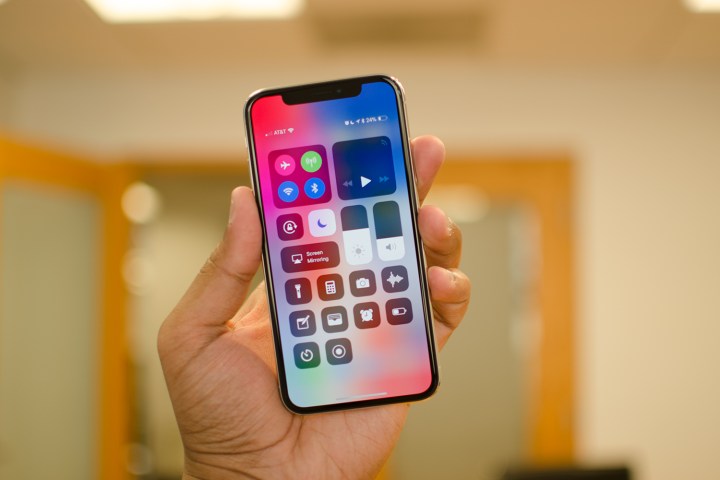
We break down alternative options to purchasing the iPhone X.
iPhone 8 and 8 Plus
Alongside the release of the iPhone X, Apple also unveiled the iPhone 8 and iPhone 8 Plus. Starting at $700 and $800, respectively, the iPhone 8 lineup comes with almost all of the same features — for a cheaper price. You’ll still have Apple’s new 64-bit, A11 Bionic chip, wireless charging, and a similar 12-megapixel camera. You’ll be missing out on Face ID, the new way to unlock the iPhone X, and some of the new things you can do with the TrueDepth camera such as sending Animojis. If you’ve used iPhones before, the iPhone 8 and 8 Plus won’t require getting used to since it takes on the same design as its predecessors.
For more about these two phones, read our iPhone 8 and iPhone 8 Plus reviews.
iPhone 7, iPhone 6S, and iPhone SE
Apple still sells its older iPhone models, and there’s a good variety to choose from. There’s the iPhone 6S lineup — which will cost you $450 for the iPhone 6S and $550 for the iPhone 6S Plus. The iPhone 6S can run iOS 11, but be warned it may only be able to receive software updates for another year or so. Its A9 processor is a little dated, so you also may not be able to utilize new Apple features. The iPhone 7 and iPhone 7 Plus are much better deals at just $100 more for both models. There’s no wireless charging, but the differences between the 8 and 8 Plus aren’t vastly different. With the iPhone 7 Plus, you’ll have access to Portrait Mode as well.
Lastly, Apple still offers its smallest iPhone on the market: The iPhone SE, which ranges from $350 to $450 depending on the storage size you want. Back in May 2017, the device took first place in the Annual Customer Satisfaction Index due to its size and price. While the 4-inch Retina display is significantly smaller than the others, you’ll still have the 12-megapixel camera, Touch ID, and iOS 11.
You can learn more by checking out our iPhone 6S, iPhone 6S Plus, iPhone SE, iPhone 7, and iPhone 7 Plus reviews.
Buy a used model

Aside from purchasing a device from Apple, you can save even more cash if you buy a used device. You’ll have to be careful with this option because even though you’re paying less, the phone could also come with a series of issues and no refund option. It’s important to check the seller’s description, look through any photos listed, and ask questions before buying. Some services may also list a return policy or payment protection in case something goes wrong.
A few of the best places to purchase a smartphone are eBay, Glyde, or Swappa — each of which include current iPhone models carried by Apple, along with older versions the company no longer sells. While the prices vary depending on the site and who you’re purchasing from, you’ll still be saving a large chunk of cash by opting for a used device regardless of how recent the launch date. Depending on your preference, you can shop for either unlocked iPhones or ones exclusive to particular carriers as well.
Switch to Android
If none of the iPhones out there sound appealing, you can always make the switch to an Android device. While it might seem like a big task in the beginning, switching all of your media over to an Android phone isn’t impossible. If you haven’t used an Android phone before, the transition could take a bit to get used to but you’ll still be able to have most of your content available to you.
Whether it’s transferring your contacts, syncing your calendar, as well as moving your photos and videos, you can move over information through backups and third-party apps. You’ll have to become more accustomed to using Google services, which offer a wide range of uses and include cross-platform synchronization. When it comes to your text messages, you can transfer those over to your Android device as well via iSMS2Droid or Samsung Kies software — which might require a bit extra work. Also, don’t forget to turn iMessage off before making the switch. Otherwise, your SMS and MMS messages could still go to your old iPhone.
There are plenty of specific alternatives out there if you want to venture into the world of Android devices. You can learn more over in our roundup of best cheap phones and the best smartphones you can buy.




